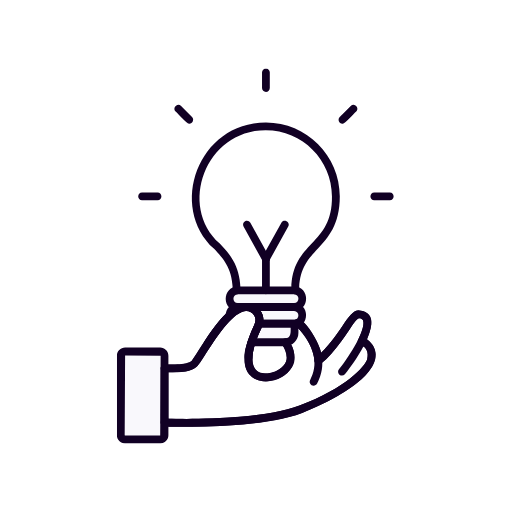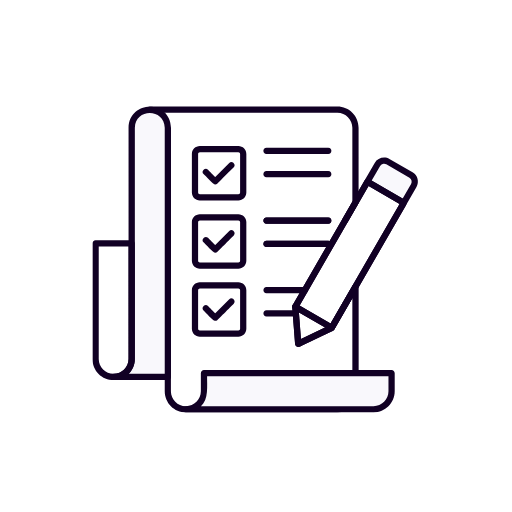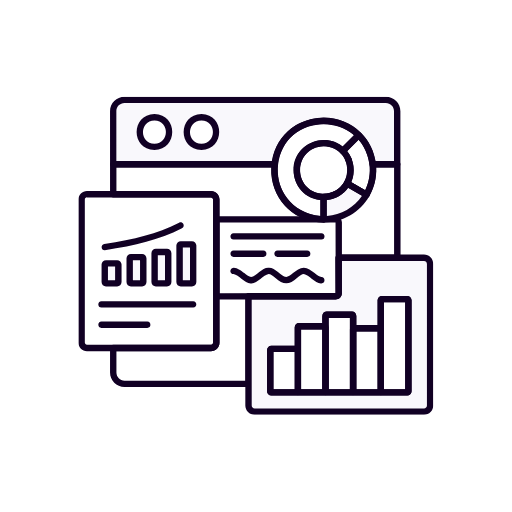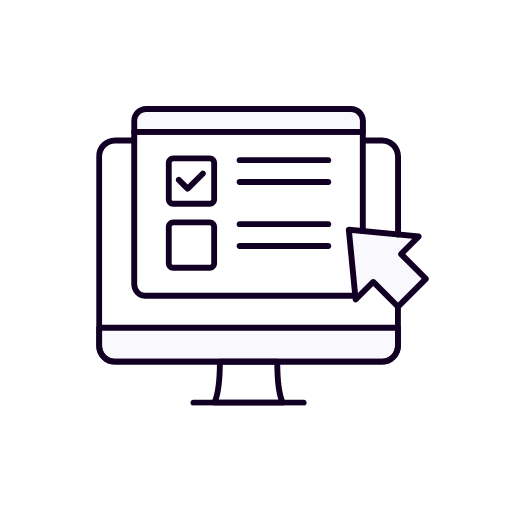CRM and Customer Retention Semantics
Digital Marketing > CRM > Customer Retention Semantics
Boost CRM Efficiency & Retain Customers
Unlock smarter customer retention with CRM strategies built on data, automation, and insight. Nurture loyalty and maximize lifetime value at every touchpoint
Lifecycle-Based CRM
Our approach adapts to each customer stage to ensure personalized retention
ROI-Focused Retention
We track LTV growth, churn drops, and campaign ROI relentlessly
Seamless Integrations
We plug into your stack — no friction, only function
Why Choose Us
Smart CRM That Drives Loyalty
We blend intelligent CRM systems with retention tactics to build lasting customer relationships that increase ROI and reduce churn across all touchpoints
“ Our retention rate jumped by 28% after Octopus aligned our CRM with lifecycle triggers”
— Rami S

Data-Driven CRM Retention Strategy
We analyze your customer lifecycle, map key retention opportunities, and deploy targeted CRM tactics to reduce churn and boost customer value long-term
- Lifecycle mapping Repetition
- Churn reduction

Automation & Segmentation Mastery
We build CRM workflows that auto-adjust based on behavior. Our segmentation ensures each message matches your customer’s journey perfectly
- Triggered workflows
- Persona alignment
Our Services
Explore Specialized CRM & Retention Services
From automating workflows to increasing customer lifetime value, our CRM subservices offer precise, retention-boosting strategies tailored to your business

CRM Onboarding Sequences
Ensure new customers feel valued and engaged from day one with structured messaging and support flows

Win-Back Campaign Setup
Reignite interest in lapsed users with automated, value-based communication strategies

Churn Prediction Modeling
Leverage data to spot disengagement signs early and prevent customer loss

Loyalty Program Integration
Connect CRM with your rewards platform to foster repeat business and advocacy

Post-Purchase Journeys
Automated post-sale flows that drive upsells, feedback, and satisfaction

Lifecycle Email Flows
Automate touchpoints across the entire customer journey for maximum retention
CRM & Customer Retention Semantics
The Engine Behind Long-Term Business Value
In a marketplace increasingly defined by competition and rapid innovation, the businesses that thrive are those that can foster meaningful, long-term relationships with their customers. Central to this pursuit is the role of CRM, or Customer Relationship Management, and its seamless alignment with customer retention strategies. Beyond being just a tool or software platform, CRM encapsulates a strategic approach that helps organizations not only understand their customers but serve them with remarkable consistency. By integrating semantic intelligence within CRM systems and applying retention-centric tactics, companies can elevate their ability to create lasting connections, drive repeat engagement, and sustain scalable growth.
The Semantics of Retention: More Than Just Data
Customer retention is not merely the act of keeping customers from leaving; it is the proactive, strategic process of continuously engaging, satisfying, and re-engaging customers in a way that makes them loyal advocates of the brand. The semantics of CRM and customer retention refers to the nuanced language, data interpretation, contextual awareness, and behavior mapping that together inform how businesses interact with their customers. CRM semantics encompasses not just how customer data is collected, but how it’s interpreted, categorized, and activated across every channel of communication. When retention strategies are layered with semantic intelligence, companies can contextualize customer behavior, anticipate needs, and offer deeply personalized experiences that keep clients coming back.
CRM as the Strategic Hub for Retention Execution
CRM systems sit at the core of modern retention strategies because they unify and manage a wealth of customer data in a centralized environment. These platforms enable teams to access contact details, engagement history, behavioral patterns, and transaction records—all in real-time. This single source of truth empowers marketing, sales, and support teams to deliver consistent and relevant communication, resolve issues proactively, and drive loyalty by knowing the customer better than anyone else. But CRM is not just a database. When integrated with semantic technologies such as AI-driven tagging, sentiment analysis, and natural language processing, it evolves into an intelligent ecosystem that can interpret intent, context, and emotion. This sophistication allows brands to move from transactional communication to relational engagement, making CRM an indispensable pillar in the architecture of customer loyalty.
Personalization Through Contextual Understanding
True personalization requires more than inserting a customer’s name into an email. It demands an understanding of customer intent, preferences, purchase cycles, sentiment, and historical interaction patterns. CRM systems powered by semantic intelligence make this possible by correlating structured and unstructured data to derive meaning and context. For example, a customer who engages frequently with educational blog content may be tagged as a knowledge seeker, prompting the CRM to prioritize sending whitepapers, tutorials, and case studies. Likewise, semantic cues like keyword triggers from support chat logs can inform product recommendations or identify upsell opportunities. The more precisely a business can understand customer context, the more relevant its retention efforts become.
From Segmentation to Micro-Segmentation
One of the most valuable CRM capabilities is segmentation—categorizing customers into distinct groups based on attributes such as behavior, demographics, and lifecycle stage. Semantic-driven CRM systems take this a step further through micro-segmentation, wherein machine learning algorithms analyze large datasets to identify nuanced subgroups with shared traits or needs. For example, within a segment labeled “frequent buyers,” semantic analysis might identify a subsegment of environmentally conscious customers who frequently purchase sustainable products. Tailoring messaging and rewards specifically to this group significantly enhances the chance of continued engagement and retention. By understanding and acting upon these semantic insights, businesses can design retention programs that resonate on a deeply personal level.
Predictive Insights for Preemptive Retention
One of the most powerful applications of semantics within CRM is predictive analytics. By analyzing past customer behaviors, language use, and engagement frequency, predictive models can forecast the likelihood of churn and identify customers who are at risk. This allows businesses to intervene before the customer decides to leave. For instance, a decline in email open rates, reduced login frequency, and increasingly neutral or negative sentiment in support tickets may indicate disengagement. A semantic CRM can flag these early warning signs and trigger an automated yet personalized re-engagement workflow. The power of predictive retention lies in timing. When businesses can anticipate churn before it happens, they not only retain more customers but also improve resource efficiency by targeting only those who require intervention.
Retention as a Lifecycle-Oriented Strategy
Customer retention should not be treated as a reactive measure implemented only after signs of disengagement appear. Instead, it must be embedded across every phase of the customer lifecycle—from onboarding and adoption to expansion and renewal. CRM semantics help ensure that each stage is supported with the right message, in the right tone, through the right channel. During onboarding, for instance, CRM insights can determine the most effective sequence of welcome emails, tutorials, and check-ins based on customer persona and engagement history. In the adoption phase, semantic tracking of feature usage and support interactions can surface educational content or trigger proactive outreach. By aligning retention initiatives with lifecycle semantics, businesses can build a seamless journey that cultivates long-term loyalty from day one.
The Human Layer: Empowering Teams With Insights
While CRM systems and semantic technologies offer automation and scalability, human insight remains critical to customer retention. CRM semantics provide frontline teams—such as customer success managers and support agents—with contextual intelligence that enhances their decision-making. Knowing that a customer expressed frustration over delayed delivery in a recent support chat, for example, equips the team to approach future interactions with empathy and precision. Semantic tagging of interactions, mood scoring, and conversation summaries enable agents to personalize communication without extensive manual review. This empowers human teams to move beyond scripted responses and create authentic, emotionally resonant experiences that fortify customer relationships.
Seamless Integration With Marketing and Support Ecosystems
To achieve full retention impact, CRM platforms must seamlessly integrate with other tools in the business ecosystem, including marketing automation, support ticketing, ecommerce, and analytics systems. Semantic data must flow fluidly across these platforms to maintain consistency and context. For instance, insights gleaned from a support chatbot should inform email nurturing sequences, while feedback from a post-purchase survey should adjust loyalty program eligibility or promotional offers. When CRM systems act as the semantic backbone of a unified martech stack, they enable coordinated, intelligent engagement across every channel. This cohesion is essential for retention, as inconsistent or irrelevant communication is a leading driver of customer attrition.
Measuring Retention Success Through Semantic Metrics
Assessing the impact of CRM-powered retention strategies requires a blend of traditional KPIs and advanced semantic indicators. Standard metrics such as retention rate, churn rate, repeat purchase rate, and customer lifetime value remain foundational. However, semantic CRM systems introduce a new layer of measurement through sentiment trends, intent scoring, language pattern shifts, and contextual engagement depth. For example, an increase in positive sentiment across product reviews or support chats may signal improving loyalty, even if traditional KPIs remain flat. Semantic metrics offer real-time insights into customer emotion, intent, and perception—elements that are often predictive of future behavior. By correlating these semantic signals with retention outcomes, businesses can continuously refine their strategies and preempt issues before they impact performance.
Evolving With AI: The Future of Semantic CRM
The next frontier in customer retention will be defined by the integration of artificial intelligence into CRM systems. AI-driven semantic engines will enhance the accuracy and relevance of customer insights, enabling truly predictive and prescriptive engagement. Conversational AI, powered by natural language understanding, will facilitate dynamic and context-aware customer interactions at scale. Voice-of-customer analytics will become more precise, enabling businesses to extract actionable meaning from open-text feedback, social mentions, and survey responses. In the near future, CRM platforms will not only house data but actively interpret and respond to it in real time. This evolution will make customer retention less about guesswork and more about intelligent orchestration, where every interaction is designed to add value and deepen relationships.
A Strategic Imperative for Sustainable Growth
CRM and customer retention semantics represent far more than tactical tools or isolated features—they are strategic imperatives that define how businesses grow, differentiate, and endure. In a world where switching costs are low and customer expectations are high, loyalty cannot be taken for granted. It must be earned through consistent, context-aware engagement that respects customer preferences and anticipates needs. Semantic CRM systems provide the framework to make this possible, uniting data, intelligence, and human empathy into a single retention powerhouse. For businesses ready to move beyond transactional marketing and into relationship-centric growth, mastering the language of CRM and customer retention semantics is not just beneficial—it is essential.
Let's get started
Don't get left behind
Stay ahead of the competition with ReachOut – don’t get left behind.

Got a question? Get your answers
Quick answers to questions you may have. Can’t find what you’re looking for? Check out our full documentation.
01. What does “semantics” actually mean inside a CRM?
It’s the practice of adding context—intent, sentiment, relationships—to every data point, so “Order #123” becomes “first-time gift purchase for Mother’s Day.”
Those extra layers turn flat records into story-rich profiles the system can act on automatically
02. How does semantic data translate into higher customer retention?
Context lets you trigger hyper-relevant messages—like a refill reminder only when usage patterns say they’re running low. Timely, personalized nudges feel less like marketing blasts and more like genuine help, so churn drops and LTV climbs
03. What’s the biggest hurdle when layering semantics onto an existing CRM?
Dirty or siloed data; you can’t attach meaning to fields that are blank, duplicate, or out of sync across platforms. A one-time data hygiene sweep plus an ongoing sync rule usually clears the path
